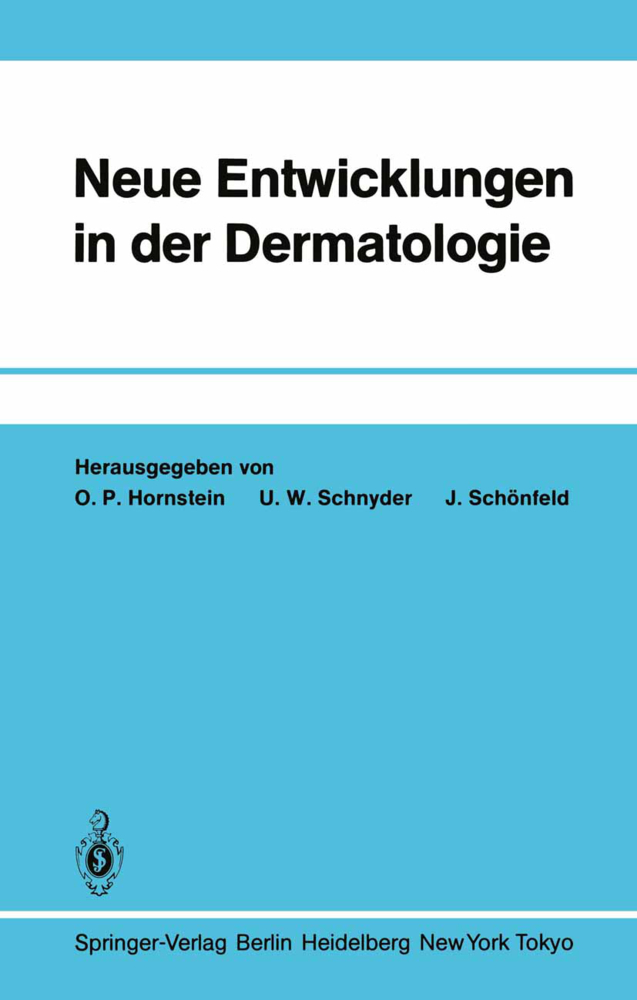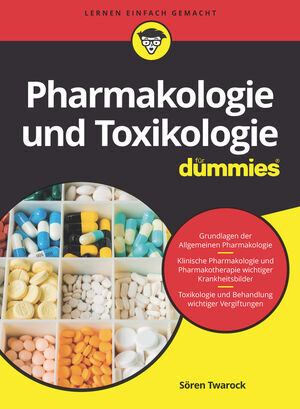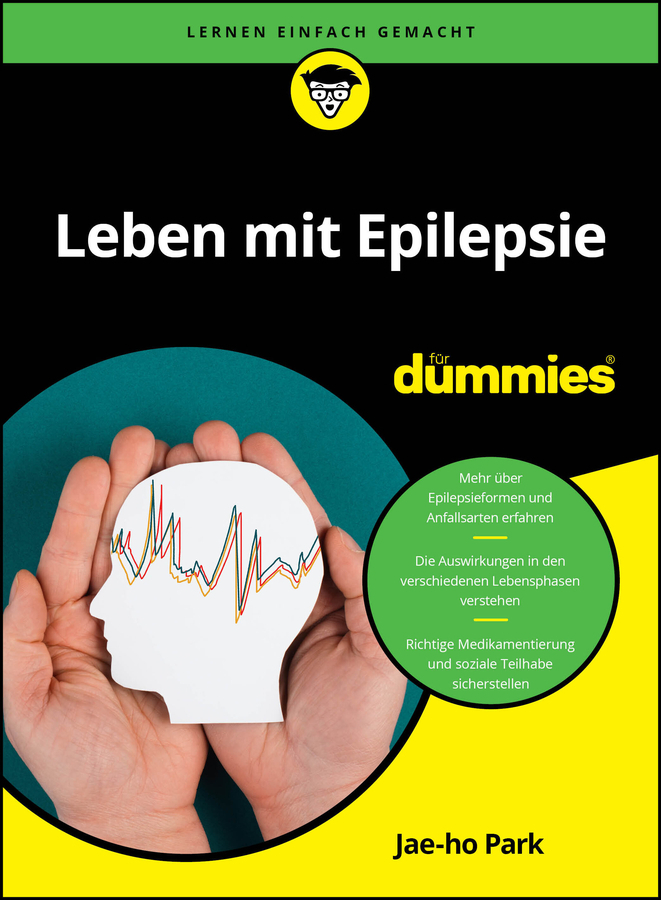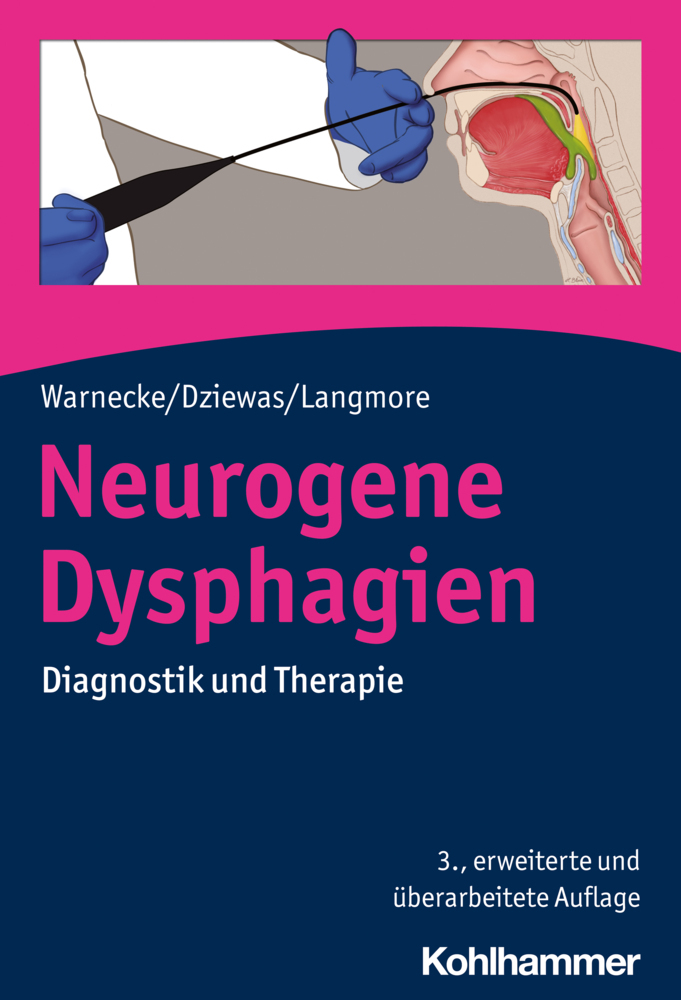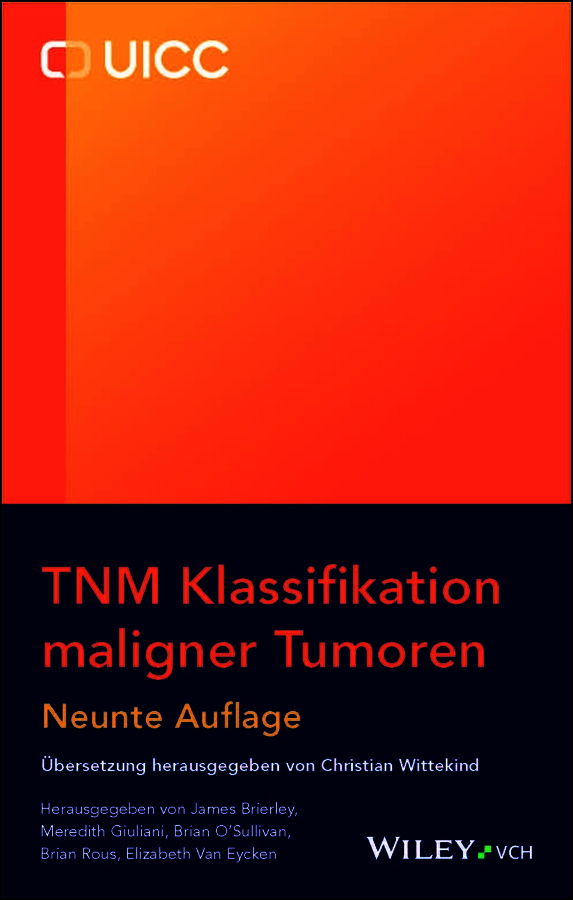Normale und Pathologische Physiologie der Haut III / Normal and Pathologic Physiology of the Skin III
Normale und Pathologische Physiologie der Haut III / Normal and Pathologic Physiology of the Skin III
In this handbook the opportunity has been taken firstly to present the waterbalance in the horny layer and the sweat secretion process with particular emphasis on their relationship to the pharmacodynamical aspects of the micro circulation and permeability of the skin. F. A. 1. THIELE was unable to witness the printing of his life-work concerning the water balance of skin, which he had compiled at the university in Nijmegen with J. W. H. MALI and G. 1. DE JONGH and D. A. REAY from Great Britain. Their contribution concentrates on evaluating the cooling function of the sweat glands with their heat-pipe system and on the physico-chemical effects of dermatological therapy and topically applied cosmetics. A certain amount of overlapping with Volume I/4A (E. SCHWARZ) could not be avoided, and yet the presentation by THIELE and co-workers considers different aspects. The pharmacodynamics of externally applied substances involved in microcirculation are related thematically also to percutaneous resorption. Function and morphology of pharmacodynamics in microcirculation are inseparable. Therefore the structural alterations of the blood vessels in reaction to foreign agents or as an adaptation to endogenous tissue hormone release have been examined electronmicroscopically by W. G. FORSSMANN and his team, and relay a distinct picture of the microcirculation in the area of skin reactiveness. The direct pharmacological aspects of the skin and the systemic effects on blood vessels and their permeability have been listed according to the latest research material.
Measurements on the Surface of the Skin and its Sweat Glands
II. A Possible Contribution to Heat Transfer Through the Human Skin by the Eccrine (Atrichial) Sweat Gland
Nomenclature Related to Heat Transport Capability of Sweat Glands and Calculation of Heat Pipe Performance
III. Multivariate Data and Discriminant Analysis in Dermatology and Skin Physiology. (The Evaluation of Spontaneous Pathological Skin Conditions)
1. Introduction
2. Remarks Concerning the Problem of Interdisciplinary Cooperation
3. The Approach to the Problem
4. Multivariate Data Analysis
5. Methodology of Statistical Analysis in Dermatology
IV. The Sweat Gland and the Stratum Corneum
I. General Introduction
II. The Amino Acids, Lactic Acid, Urea, and Other Essential Components of Aqueous Skin Surface Extracts (Experimental Test Solutions), Human Sweat (Capillary-Collected) and Horny Layer Eluates (Aqueous Filtrate of Pulverized Defatted Callus)
III. The Horny Layer and Epidermal Proteins - The Isolation and Physical and Chemical Properties of Horny Layer Proteins
IV. Solution Properties of Skin Proteins
V. The Optical Activity of Skin Proteins and Skin Protein Substitutes (Synthetic Copolymers)
VI. Review of the Data Related to the Water Binding by Proteins and the Multicomponent System of the Horny Layer (Hydration and Dehydration) and the Possible Role of the Constituents of the Exudation of the Sweat Gland
References
Pharmacology of the Microvasculature of the Skin
Foreword
I. Introduction
II. Functional Morphology of the Skin Microvasculature
III. Methods of Investigation of theFunction of Microvasculature
IV. Functional Data on the Skin Microcirculation
V. Blood Coagulation and Microcirculation
VI. The Fibrinolytic System and Microcirculation
VII. Rheology and Microcirculation
VIII. The Permeability of the Microvasculature
IX. Lymph Flow and Microcirculation
X. Reactivity of the Microvasculature
XI. Pharmacological Influence on the Terminal Blood Vessels of the Skin
XII. The Pharmacological Influence of Medicaments, which Interact with the Transmitter-Receptor Mechanism of the Autonomic Nervous System
XIII. Corticosteroids and Microcirculation
XIV. The Human Mucosa as a Test Area for Vasoactive Substances
References
Skin Permeability
I. Introduction
II. Morphologic Basis of Absorption by Human Skin
III. Methods for Measurement of Absorption
IV. Quantitative and Qualitative Aspects of Absorption
V. Pharmacy of Topical Drugs
VI. Therapy and Preparation Form
VII. The Choice of Vehicle in Skin Diseases
VIII. Pharmacodynamic Activities of Locally Applied Drugs to Normal and Diseased Skin
IX. Special Cases and Modifying Factors Related to Topical Therapy
X. Factors Influencing the Penetration
XI. Toxicologic Aspects of Skin Permeability
XII. Special Problems Encountered in Penetration
XIII. Flux
XIV. General Rules
XV. Substances Investigated in Penetration and Related Fields
References
Index of Names.
The Water Balance of the Horny Layer and the Functional Characteristics of the Atrichial Sweat Glands of Human Skin
I. The Functions of the Atrichial (Human) Sweat GlandMeasurements on the Surface of the Skin and its Sweat Glands
II. A Possible Contribution to Heat Transfer Through the Human Skin by the Eccrine (Atrichial) Sweat Gland
Nomenclature Related to Heat Transport Capability of Sweat Glands and Calculation of Heat Pipe Performance
III. Multivariate Data and Discriminant Analysis in Dermatology and Skin Physiology. (The Evaluation of Spontaneous Pathological Skin Conditions)
1. Introduction
2. Remarks Concerning the Problem of Interdisciplinary Cooperation
3. The Approach to the Problem
4. Multivariate Data Analysis
5. Methodology of Statistical Analysis in Dermatology
IV. The Sweat Gland and the Stratum Corneum
I. General Introduction
II. The Amino Acids, Lactic Acid, Urea, and Other Essential Components of Aqueous Skin Surface Extracts (Experimental Test Solutions), Human Sweat (Capillary-Collected) and Horny Layer Eluates (Aqueous Filtrate of Pulverized Defatted Callus)
III. The Horny Layer and Epidermal Proteins - The Isolation and Physical and Chemical Properties of Horny Layer Proteins
IV. Solution Properties of Skin Proteins
V. The Optical Activity of Skin Proteins and Skin Protein Substitutes (Synthetic Copolymers)
VI. Review of the Data Related to the Water Binding by Proteins and the Multicomponent System of the Horny Layer (Hydration and Dehydration) and the Possible Role of the Constituents of the Exudation of the Sweat Gland
References
Pharmacology of the Microvasculature of the Skin
Foreword
I. Introduction
II. Functional Morphology of the Skin Microvasculature
III. Methods of Investigation of theFunction of Microvasculature
IV. Functional Data on the Skin Microcirculation
V. Blood Coagulation and Microcirculation
VI. The Fibrinolytic System and Microcirculation
VII. Rheology and Microcirculation
VIII. The Permeability of the Microvasculature
IX. Lymph Flow and Microcirculation
X. Reactivity of the Microvasculature
XI. Pharmacological Influence on the Terminal Blood Vessels of the Skin
XII. The Pharmacological Influence of Medicaments, which Interact with the Transmitter-Receptor Mechanism of the Autonomic Nervous System
XIII. Corticosteroids and Microcirculation
XIV. The Human Mucosa as a Test Area for Vasoactive Substances
References
Skin Permeability
I. Introduction
II. Morphologic Basis of Absorption by Human Skin
III. Methods for Measurement of Absorption
IV. Quantitative and Qualitative Aspects of Absorption
V. Pharmacy of Topical Drugs
VI. Therapy and Preparation Form
VII. The Choice of Vehicle in Skin Diseases
VIII. Pharmacodynamic Activities of Locally Applied Drugs to Normal and Diseased Skin
IX. Special Cases and Modifying Factors Related to Topical Therapy
X. Factors Influencing the Penetration
XI. Toxicologic Aspects of Skin Permeability
XII. Special Problems Encountered in Penetration
XIII. Flux
XIV. General Rules
XV. Substances Investigated in Penetration and Related Fields
References
Index of Names.
| ISBN | 978-3-642-67436-5 |
|---|---|
| Medientyp | Buch |
| Auflage | Softcover reprint of the original 1st ed. 1981 |
| Copyrightjahr | 2011 |
| Verlag | Springer, Berlin |
| Umfang | XXII, 950 Seiten |
| Sprache | Englisch |


